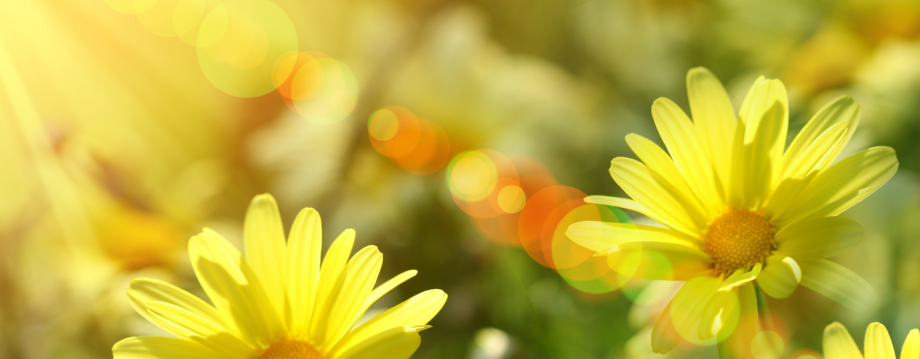The bone marrow is a flexible, soft, spongy tissue that lies in the hollow interior of long bones. It forms about 4% of the total body weight, where it is a key component of the lymphatic system, producing the lymphocytes that support the body´s immune system. In it, there are two types of stem cells. The hematopoietic, which can produce approximately 500 billion blood cells per day, and use the bone marrow vasculature as a condiut to the body´s systematic circulation. Also, the stromal which can produce fat, cartilage, and bone. Without bone marrow, our bodies would not be able to produce the white cells we need to fight infection, and the red blood cells we need to carry oxygen to the tissue, and the platelets we need to stop bleeding.
There are two types of bone marrow. One of them is the red marrow. The red marrow consists mainly of the hematopoietic tissue. It is found mainly in the flat bones such as the hip bone, breast bone, skull, ribs, vertebrae and shoulder blades, and in the cancellous material at the proximal ends of the long bones femur and humerus. Red blood cells, platelets, and most white blood cells arise in the red marrow. At birth, all bone marrow is red, but adults have about half of it red. This is because with the aging, more and more of it is converted to yellow.
The other type of bone marrow is the yellow marrow. The color yellow is due to the much higher number of fat cells it is made up of. It is found in the medullary cavity, in the hollow interior of the middle portion of long bones. Some white blood cells develop in the yellow marrow. However, in some cases the body can convert the yellow marrow back to the red marrow in order to increase blood cell production.
Wrapping it up, the bone marrow is the spongy tissue in the cavities of the bones, in which both the red marrrow and the yellow marrow contain numerous blood vessels and capillaries that produces blood cells. Without these blood cells we would be very vulnerable to infections, we would not oxygenize our tissues, and could bleed to death.






















